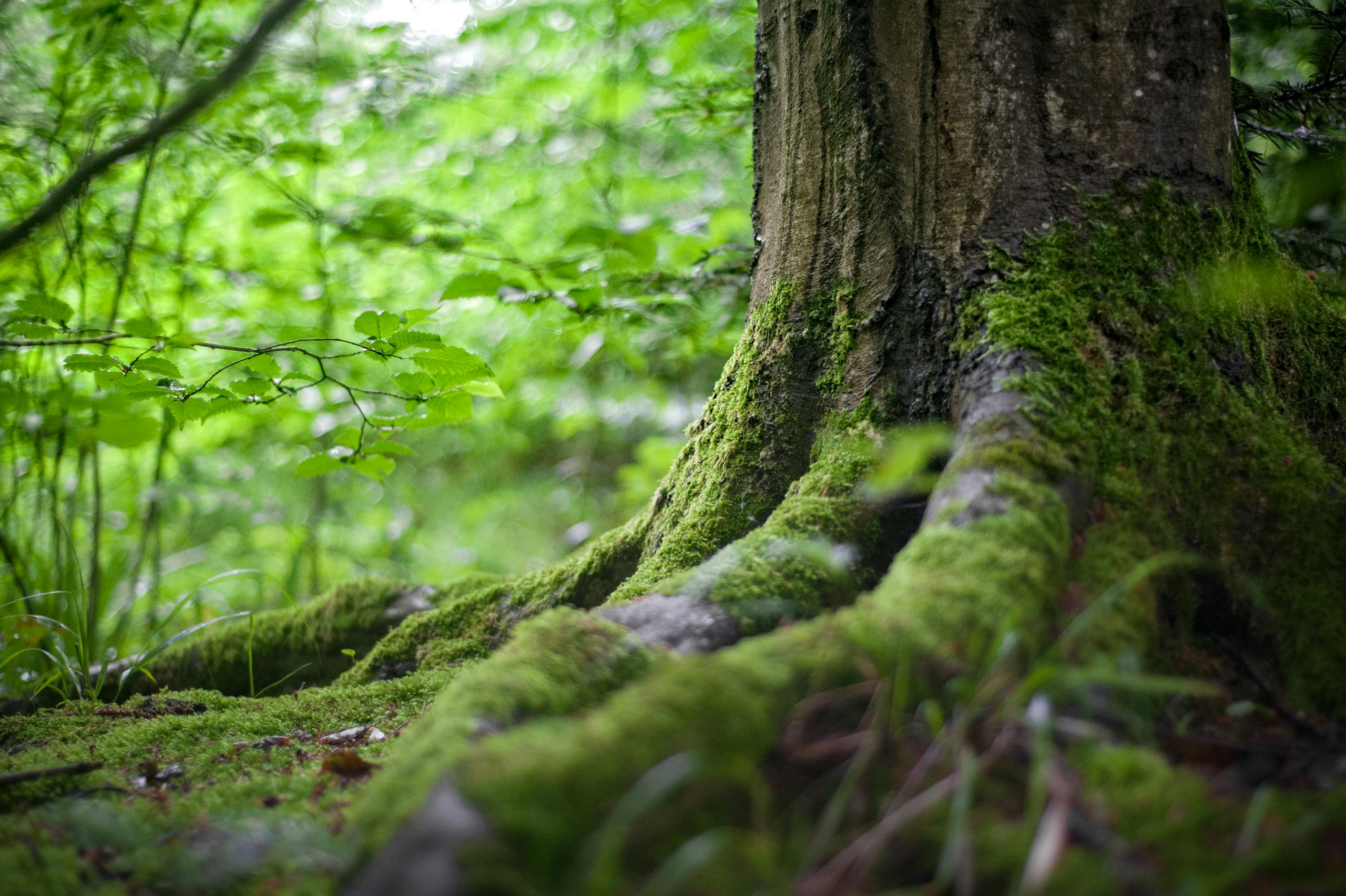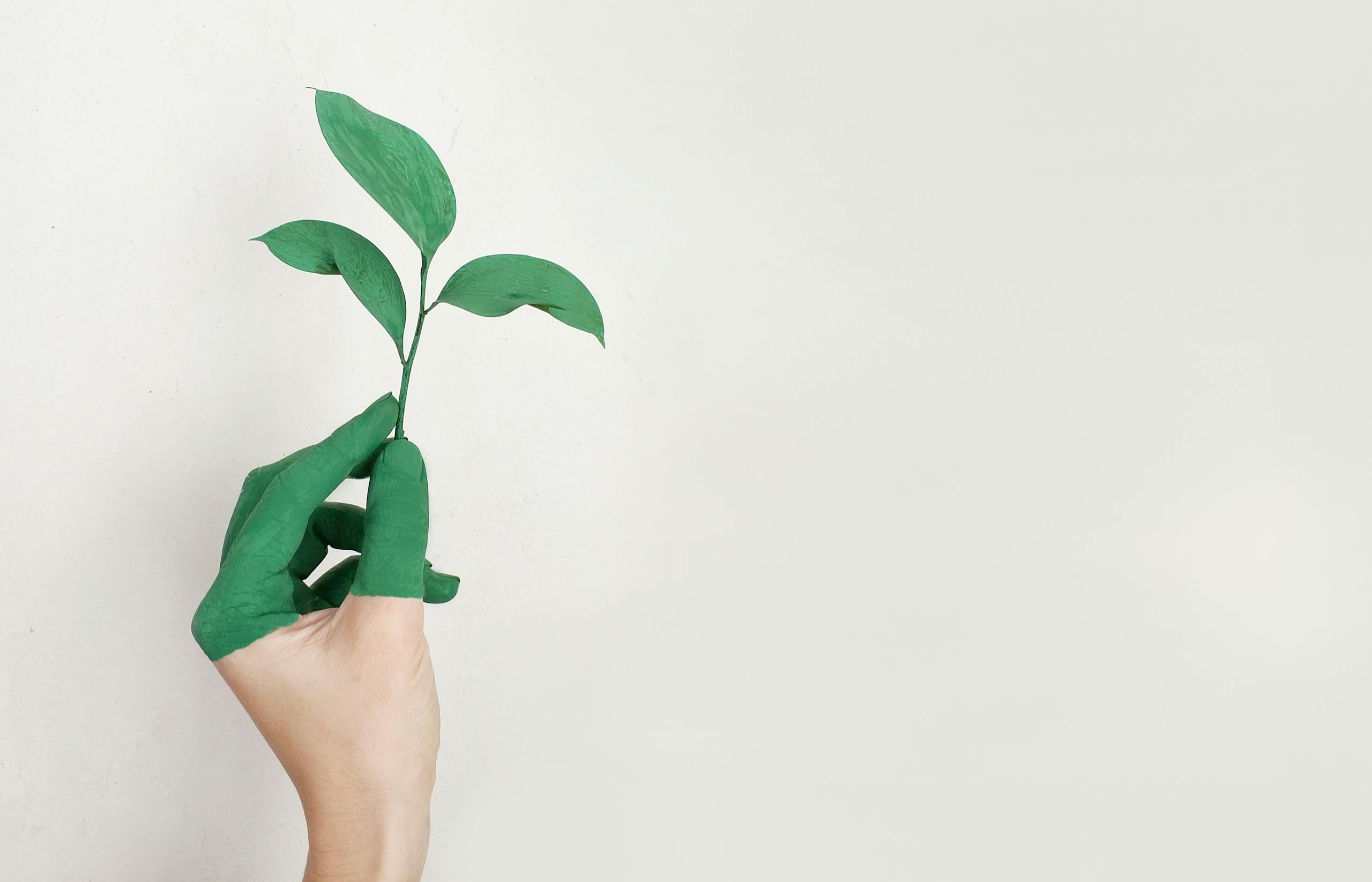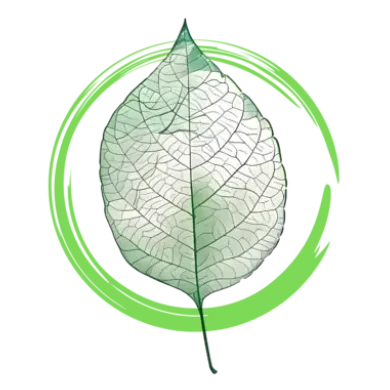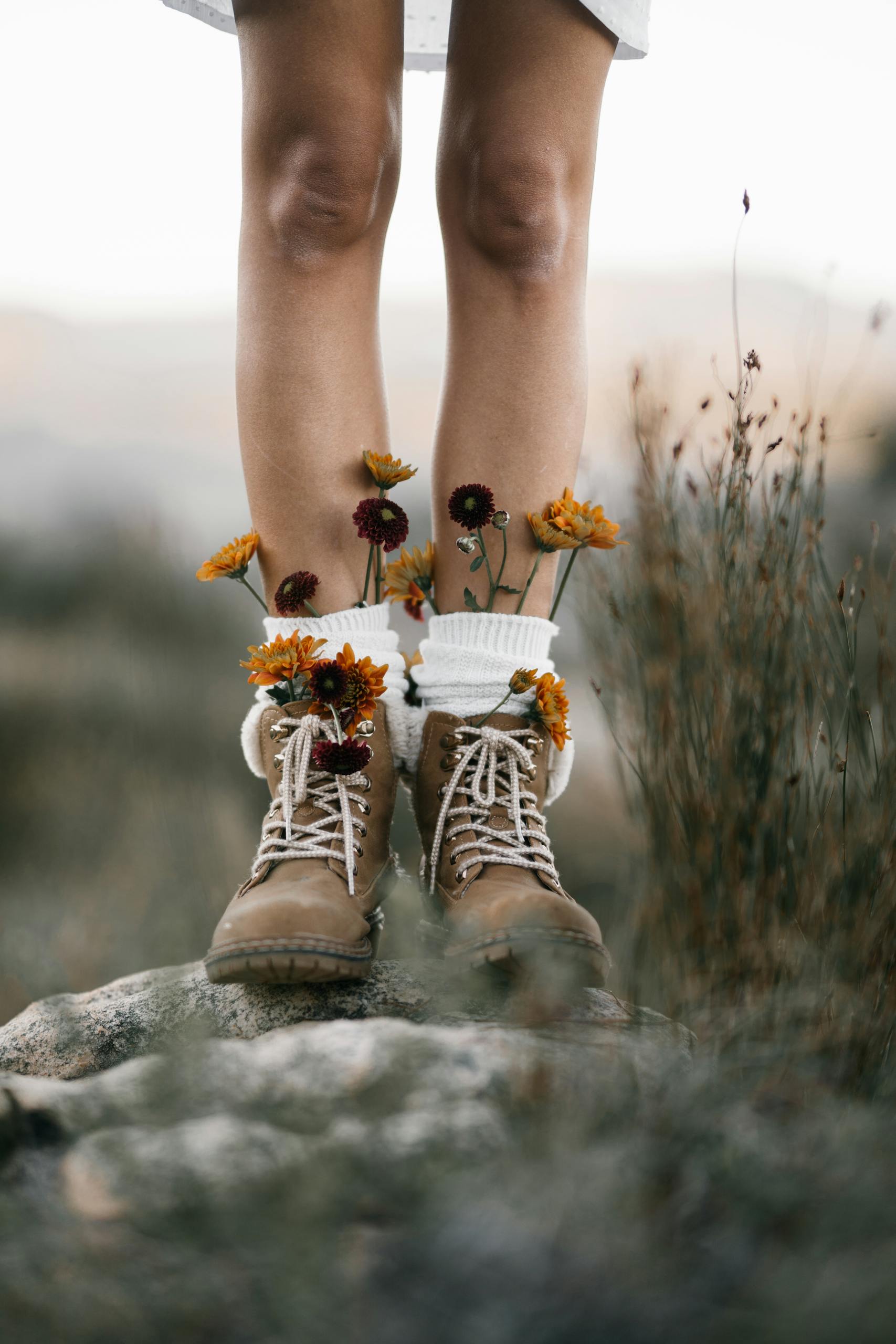Your cart is currently empty!
Author: mayafi
-
The Rise of Eco-Friendly Fashion: How Sustainable Clothing is Shaping the Future
Introduction
Fashion is powerful. It tells the world who we are, reflects our culture, and drives billions of dollars in global trade. But beneath the glamour and glossy shop windows, the fashion industry hides a darker reality: it is one of the most resource-intensive and polluting industries on the planet.
Every second, the equivalent of a garbage truck full of textiles is burned or dumped into landfills. Oceans are filling with microplastics from synthetic fibers, and millions of garment workers continue to face unsafe conditions and poverty wages. For decades, this cycle of “fast fashion” has pushed us to buy more, wear less, and throw away quickly.
But change is happening. The rise of eco-friendly fashion is reshaping the industry. From organic fabrics to fair labor practices, sustainable fashion is more than a trend—it’s a global movement transforming how we design, produce, and wear our clothes.
What Does Eco-Friendly Fashion Really Mean?
Eco-friendly fashion—sometimes referred to as sustainable fashion—isn’t just about organic fabrics or neutral colors. It’s a holistic approach to clothing that considers the environment, workers, and long-term impact of every decision made in the supply chain.
At its core, eco-fashion means:
- Sustainable materials: Using fabrics like organic cotton, hemp, bamboo, and recycled fibers.
- Ethical production: Paying fair wages and ensuring safe working conditions.
- Waste reduction: Moving away from mass overproduction and focusing on custom, made-to-order designs.
- Longevity: Creating garments designed to last instead of feeding into disposable fast fashion cycles.
In other words, eco-fashion seeks to balance style, ethics, and sustainability. It asks: can clothing be beautiful, functional, and also kind to the planet? The answer, increasingly, is yes.
The Problem With Fast Fashion
To understand the importance of eco-fashion, we need to look at what it’s replacing: fast fashion. Over the last two decades, fast fashion brands have flooded the market with cheap, trendy clothing. Entire collections are released weekly, encouraging consumers to buy impulsively and replace items after only a few wears.
But the “cheapness” of fast fashion comes at a staggering cost:
- Environmental destruction: Textile production accounts for 10% of global carbon emissions, more than all international flights and shipping combined.
- Water waste: A single cotton T-shirt requires about 2,700 liters of water to produce—enough for one person to drink for 2.5 years.
- Toxic pollution: Synthetic dyes and chemical treatments contaminate rivers and soil, harming ecosystems and communities.
- Microplastic pollution: Polyester and nylon release tiny plastic fibers during washing, which end up in oceans and food chains.
- Human exploitation: Millions of garment workers, mostly women, are trapped in cycles of poverty, often working in unsafe conditions for wages far below a living standard.
Fast fashion thrives on a cycle of overproduction, exploitation, and waste. It’s designed to make clothing disposable, encouraging us to constantly consume.
The Shift Towards Conscious Consumerism
The good news? Consumers are waking up. Movements around climate change, ethical labor, and conscious living are driving a major shift in shopping habits. People, especially younger generations, are asking hard questions: Who made my clothes? What impact does my T-shirt have on the planet?
Recent studies show:
- 73% of Gen Z consumers say they are willing to pay more for sustainable products.
- Second-hand and resale platforms like Depop, Vinted, and ThredUp are growing rapidly, turning thrift into a trend.
- Made-to-order and customized fashion are gaining popularity as people move away from cookie-cutter styles.
This shift is not only ethical—it’s becoming fashionable. Wearing eco-friendly clothing is increasingly seen as a form of self-expression and activism. Choosing sustainable fashion is a way to declare values: creativity, individuality, and responsibility.
Materials Making a Difference
The foundation of eco-friendly fashion is the fabric. Choosing sustainable textiles has one of the biggest impacts on reducing environmental harm. Some of the most important materials include:
- Organic Cotton: Unlike conventional cotton, which uses pesticides and massive water resources, organic cotton is grown with eco-friendly practices that protect soil and farmers.
- Hemp: Often called the “miracle plant,” hemp grows quickly, requires little water, and enriches the soil it grows in. Hemp clothing is durable and naturally resistant to pests.
- Bamboo: A renewable resource that grows without fertilizers or pesticides. Bamboo fabrics are soft, breathable, and antibacterial.
- Recycled Fabrics: Old textiles, plastics, and waste materials are transformed into new fabrics—helping close the loop on waste.
- Innovative Textiles: New materials are reshaping the industry, like Piñatex (made from pineapple leaves), mushroom leather, and orange peel fibers.
Each fabric tells a story, and consumers are learning to read those stories. Fabric choice matters not only for fashion but also for the future of our planet.
The Role of Custom-Designed Eco Clothing
One of the biggest problems in fashion is overproduction. Brands often produce far more clothing than they can sell, leading to billions of unsold items that end up burned or dumped. Custom-designed, eco-friendly clothing offers a powerful solution.
Here’s why:
- Zero overproduction: Clothes are made only when ordered, eliminating waste.
- Personalization: Customers receive unique designs, making their clothing more meaningful.
- Longevity: People are less likely to discard customized clothing they feel personally connected to.
At Innovative Generation Clothes, we embrace this model by offering eco-friendly, custom-designed pieces. This approach merges sustainability with creativity, ensuring that fashion can be both stylish and responsible.
Case Studies: Brands Leading the Way
Several pioneering brands prove that sustainable fashion is not only possible—it’s profitable.
- Patagonia: A trailblazer in sustainable outdoor clothing. Known for its “Don’t Buy This Jacket” campaign, Patagonia actively encourages customers to buy less, repair old clothing, and invest in quality.
- Stella McCartney: A luxury designer committed to cruelty-free and eco-friendly fashion. Stella’s collections feature vegan leather, organic fabrics, and transparent supply chains.
- Eileen Fisher: Focuses on circular fashion by taking back old garments, repairing them, and reselling them under the “Renew” program.
- Allbirds: A footwear company that prioritizes natural materials like merino wool and sugarcane. It openly shares its carbon footprint to push for accountability in fashion.
These brands show that eco-fashion is not just a niche—it’s becoming a standard that consumers expect.
Challenges for Eco-Friendly Fashion
While the sustainable fashion movement is growing, it faces real challenges:
- Higher Costs: Sustainable materials and ethical labor practices often cost more, making eco-fashion less accessible for some consumers.
- Greenwashing: Some brands falsely market themselves as sustainable without making meaningful changes. This misleads consumers and damages trust.
- Consumer Habits: Many shoppers are still drawn to the low prices and convenience of fast fashion.
- Scaling Production: While demand for eco-friendly fabrics is growing, supply chains are still limited compared to conventional textiles.
Overcoming these challenges requires education, innovation, and transparency. Consumers must learn the true cost of cheap fashion, and brands must be honest about their practices.
Why Eco-Fashion Isn’t Just a Trend
Some people dismiss sustainability in fashion as just another “trend.” But unlike seasonal styles, eco-fashion is rooted in necessity. Climate change, pollution, and ethical concerns demand systemic change in the industry.
Future generations won’t see eco-friendly fashion as optional—they will expect it. Much like organic food and renewable energy, sustainable fashion will become the norm. The question won’t be: Is this brand sustainable? It will be: Why isn’t every brand sustainable?
Conclusion: Building a Fashion Future That Lasts
Eco-friendly fashion represents more than just clothing—it’s a philosophy for living. It challenges us to rethink what we wear, how we buy, and the kind of future we want to create. Every garment carries a story: from the farmers who grow the cotton to the artisans who sew the seams. Choosing eco-fashion means choosing a story of respect—for people, for the planet, and for future generations.
At Innovative Generation Clothes, our mission is to bring this philosophy to life by creating custom, eco-friendly clothing that merges creativity with responsibility. Every order is made with care, designed to last, and crafted to reduce waste.
The rise of sustainable fashion isn’t just a change in style—it’s a transformation of values. Together, we can build a fashion future that is not only beautiful but also sustainable, ethical, and lasting.
-
Selfless Enterprises
They survived the global financial crisis that started in 2008, the oil price crisis of 2014-2016, and the COVID era. They’re alive and well. What are they?
American filmmaker Michael Moore has made several documentaries about the reality in America. He shot his film, “Capitalism: A Love Story,” in 2009. I came across it a few years after its release. In the film, he showcases two social enterprises that are still thriving in the U.S. today. The realization hit me with such force that I just sat there stunned in front of the TV, asking myself: why don’t all businesses operate like this? If they did, hunger and homelessness could be eradicated, and positive changes could be made in the quality and nature of education. All of this would initiate a huge, positive shift at the level of both the individual and society. In short, it would have a positive impact on the intellectual, spiritual, and physical development of all humanity.
Of the two companies featured, the first is Isthmus Engineering & Manufacturing, which designs and builds industrial robots, and the second is Alvarado Street Bakery, a bakery that produces certified organic whole-grain bread and bagels.
The common characteristic of these two companies is that every single employee is an owner, and everyone from the director to the packer receives the same salary. They make all company decisions together through a vote. They also collectively determine their salaries, which are well above the minimum wage. In addition, they donate a large portion of their profits to charitable organizations. Working in a company like this requires more democracy from the individual than democracy itself. It demands rapid and significant character and professional development, which they ensure through their own organized training sessions. This type of business has been operating in the United States for over 100 years. They are also well-known in Western European countries.
Just imagine if all global companies—Coca-Cola, Shell, Gucci, BMW, Unilever, McDonald’s, Egis, etc.—switched to a social enterprise model tomorrow…
The social enterprise model is also known in Europe. In 2016, European Union countries signed an agreement to provide a legal framework for this business model and to support its creation and successful operation with grant opportunities and capital investment.
These businesses prove that humanity is not an obstacle to a high-performing business. In fact, it’s the opposite!
-

How to Support Small Ethical Brands Like Ours
Supporting ethical fashion doesn’t have to be hard or expensive. Here are five simple ways you can uplift small brands like Innovative Generation Clothes:
- Follow and share – Social media support is free and incredibly powerful.
- Write a review – A kind word goes a long way in helping new customers find us.
- Buy mindfully – Even one purchase makes a difference when you’re buying from a small brand.
- Engage with the mission – Learn about the values behind the clothes and share that knowledge with others.
- Be patient and kind – Small businesses don’t always run on Amazon-level timelines. Your support and understanding matter more than you know.
Together, we’re building a better, more conscious fashion industry. Thank you for being part of that.
-

Our Favorite Nature Symbols and What They Mean
Every symbol in our clothing tells a story. Here are a few that we love and what they mean:
🌿 Fern – A symbol of new beginnings, resilience, and growth. Perfect for those starting fresh.
🌻 Sunflower – A cheerful reminder to always face the light, even during hard times.
🏔 Mountains – Represent strength, stability, and the journey toward your goals.
🌙 Moon Phases – A nod to nature’s cycles and the importance of rest, reflection, and renewal.
These symbols aren’t just decorative—they’re intentional. When you wear them, you’re reminded of the values that ground you and the natural world that inspires you.
-

5 Ways to Dress in Harmony With the Earth
Your wardrobe is a powerful place to start living more sustainably. Here are five simple tips:
- Buy less, choose better – Invest in timeless pieces that you truly love and will wear often.
- Support ethical brands – Choose companies (like us!) that value people and the planet.
- Care for your clothes – Washing in cold water, air-drying, and repairing small tears helps clothes last.
- Swap or donate – Don’t toss what you no longer need—give it new life through swaps or charities.
- Be mindful of materials – Organic cotton, recycled fabrics, and plant-based dyes are eco-friendly alternatives.
When you wear Innovative Generation Clothes, you’re already making a difference—one outfit at a time.
-

Why Nature Is Our Muse: The Power of Organic Design
Have you ever felt calmer near trees, inspired by a sunset, or energized by ocean waves? So have we—and that’s exactly why nature is at the heart of everything we create.
Nature’s colors, textures, and forms offer endless inspiration for our designs. But this goes deeper than aesthetics. When you wear something from Innovative Generation Clothes, you’re wearing a story—about resilience, harmony, and the beauty of the Earth.
Our clothing is designed to bring those feelings into your everyday life. Whether it’s a hoodie with a wildflower print or a t-shirt featuring a mountain landscape, we want you to feel connected to nature, no matter where you are.

